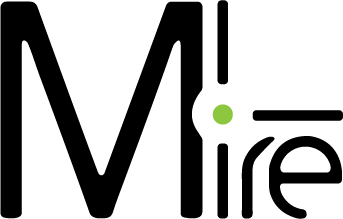How do you find your way around it, when to use it and why, or the "quessé que ça donne"?
First, let's be clear: it's EXACTLY THE SAME THING.
The meaning of the letters in this acronym
| Letter 1 |
Letter 2 |
Letter 3 |
Meaning |
| P the U is included in this section |
P |
P |
Provoked / Palliated |
| Q the I is included in this section |
Q the I is included in this section |
Q |
Quality / Quantity |
| R |
R |
R |
Region / Irradiation |
| S |
S |
S |
Associated signs and symptoms |
| T |
T |
T |
Time |
|
U |
U |
Understand / Signification |
|
|
I |
Functional impact |
You say to yourself, "I'm already doing comprehensive data collection, so why should I change the way I operate."
The clinical examination must be complete, precise and thorough. Information must be recorded in a complete and thorough manner.
In the first part of the clinical examination, i.e. the anamnesis or health history relating to a prevailing ailment, the PQRSTUI is used to obtain minimal subjective data.
Comfort comes quickly with practice.
It is important not to bias the results obtained by suggesting answers to the patient.
Here are some sample questions for each letter of the acronym.
P - Provoked: What causes or increases this discomfort / how did it start?
Palliated: What reduces or alleviates this discomfort, or what helps you carry out your daily activities despite this discomfort?
Q - Can you describe how you feel? What is the intensity on a scale of 0 to 10 (valid if pain, anxiety or dyspnea)?
A - Applies only when it is possible to locate an area - Show me where your pain is located and does it extend elsewhere?
S - Since this new symptom appeared 3 days ago (e.g. shortness of breath), have you had any other new discomforts or symptoms?
T- Is the discomfort continuous or intermittent, is it worse or better at certain times of the day?
U - What do you think it is or is related to?
I - Since the onset of this discomfort, have you had to stop or postpone any activities, household chores or hobbies?
The order in which you ask the questions isn't important; what's important is that you don't leave out any questions, as this is the minimum amount of information you need to gather.
When to use PQRSTUI : Generally, when the customer presents a new symptom. Whenever you need to complete a full or partial clinical examination.
What it does: When the patient presents a new symptom, this method ensures that nothing is forgotten about the minimum data to be collected. Your notes will be methodically structured, facilitating quality clinical follow-up. The subjective data collected guide your clinical examination.
Some useful references
OIIQ, Emergency Triage Guidelines 2nd Edition 2019
OIIQ, PRN - Comprendre pour intervenir, 2nd edition, 2010
Voyer,Philippe, The nursing profession today and tomorrow





Isabelle St-Germain, nursing student says:
Great source! Thanks 🙂
Zadi Anger Esther Martinienne says:
Thank you so much, it really helped me with my research.
Benoit Poirier says:
Well explained, thank you very much, etude inf aux
Raja says:
Thank you, very good explanation